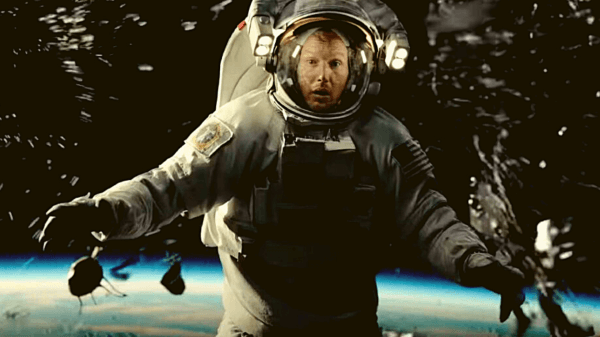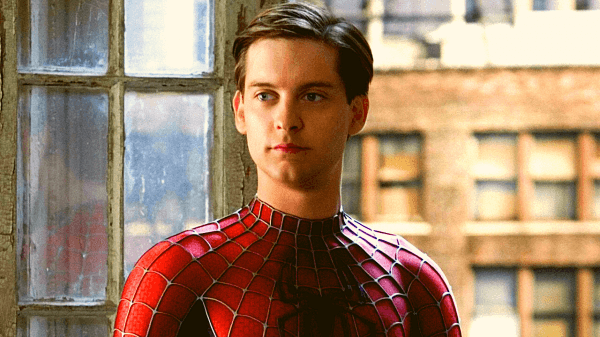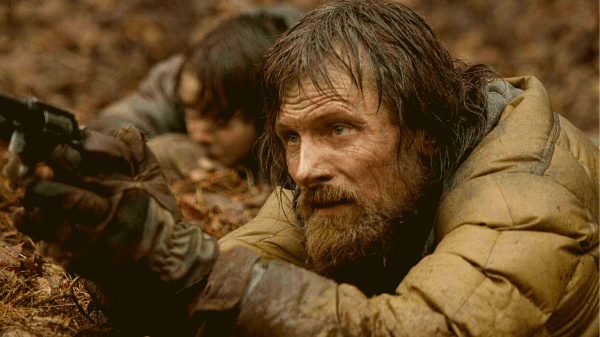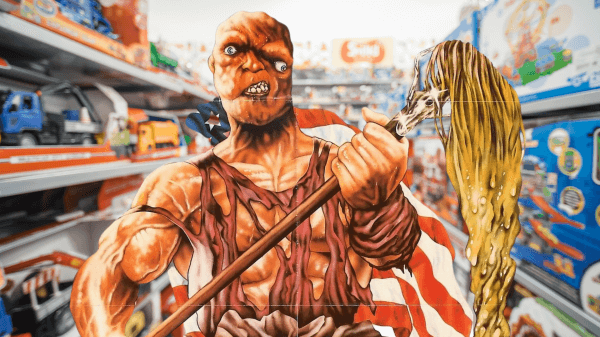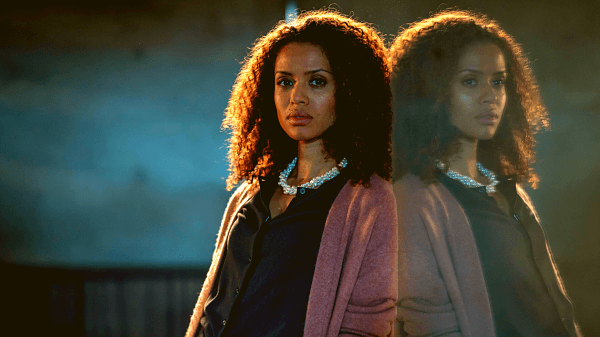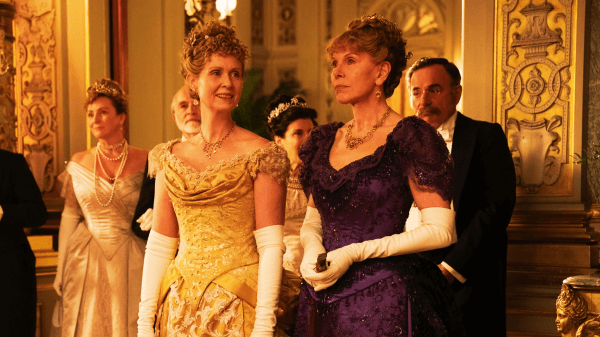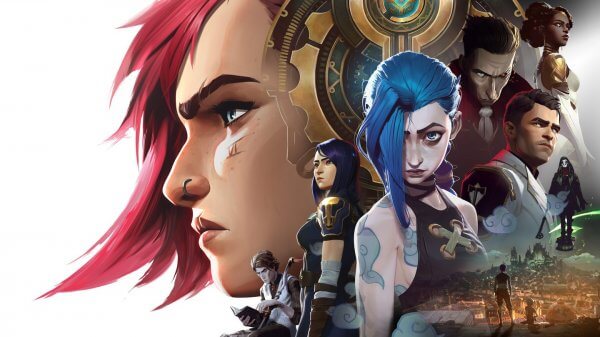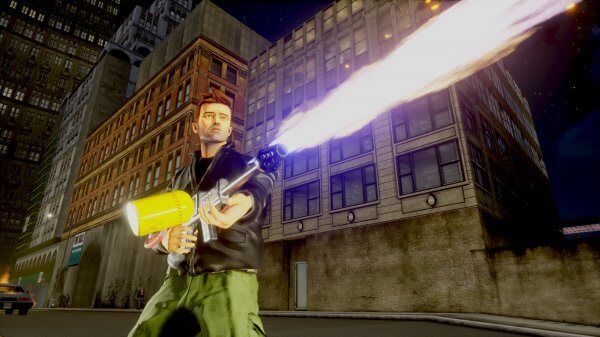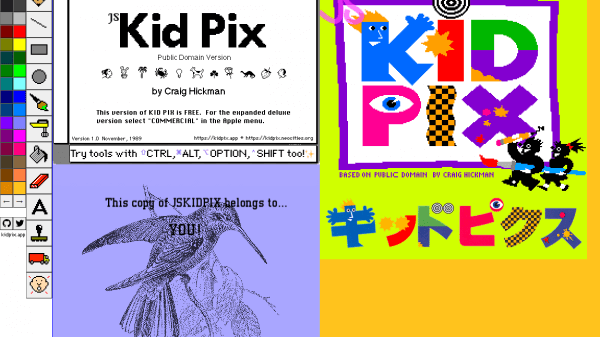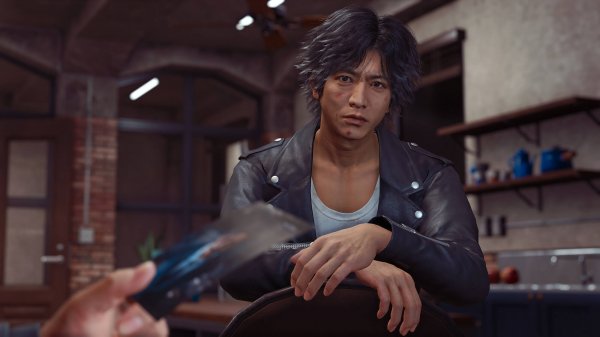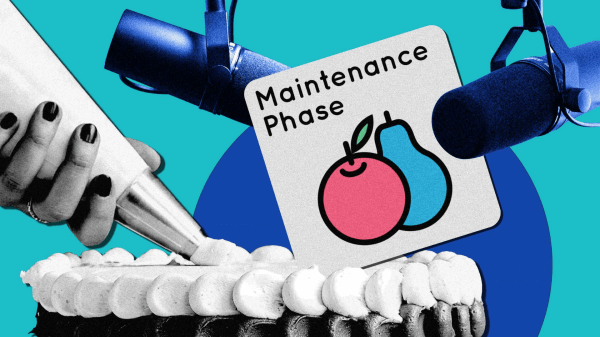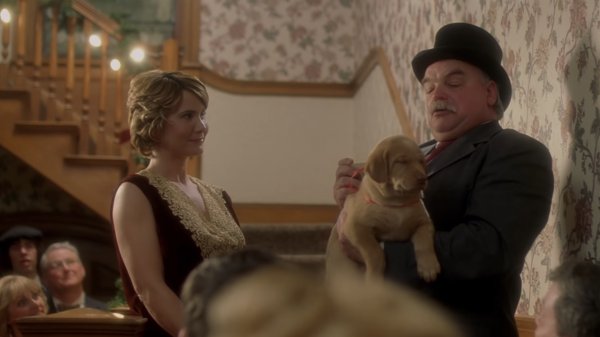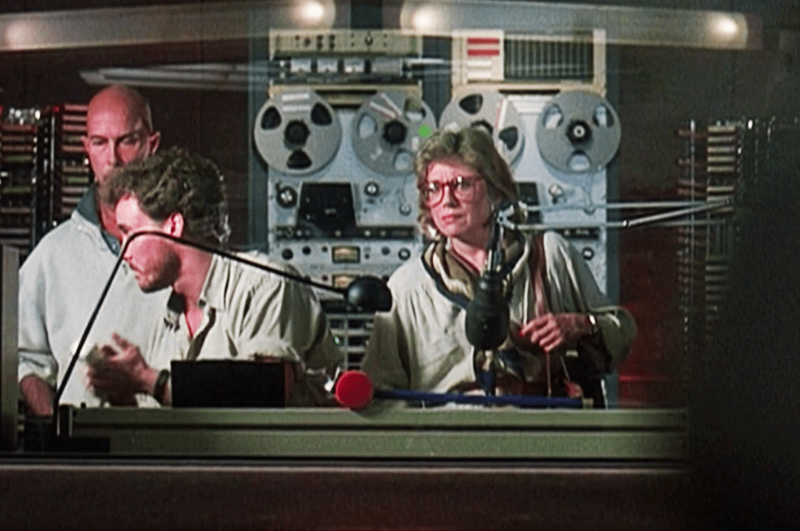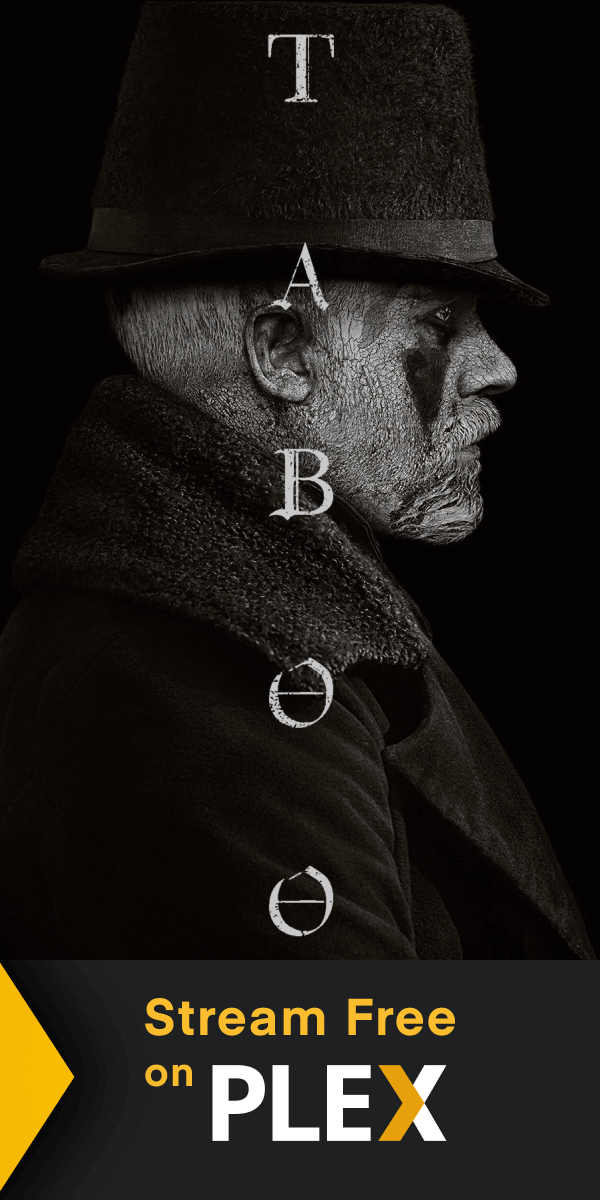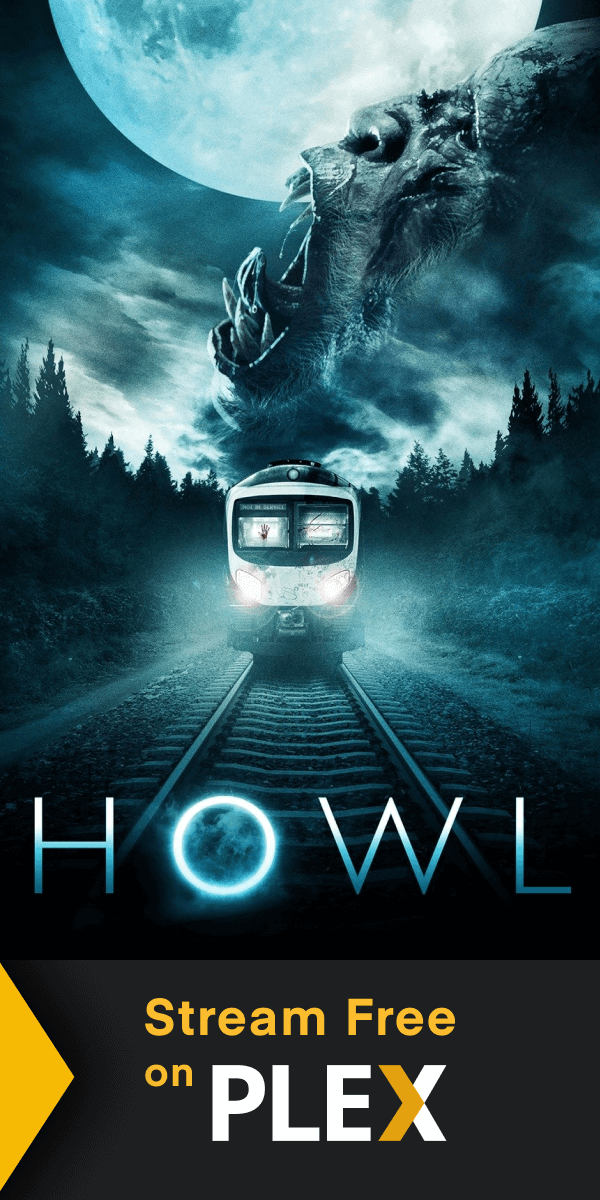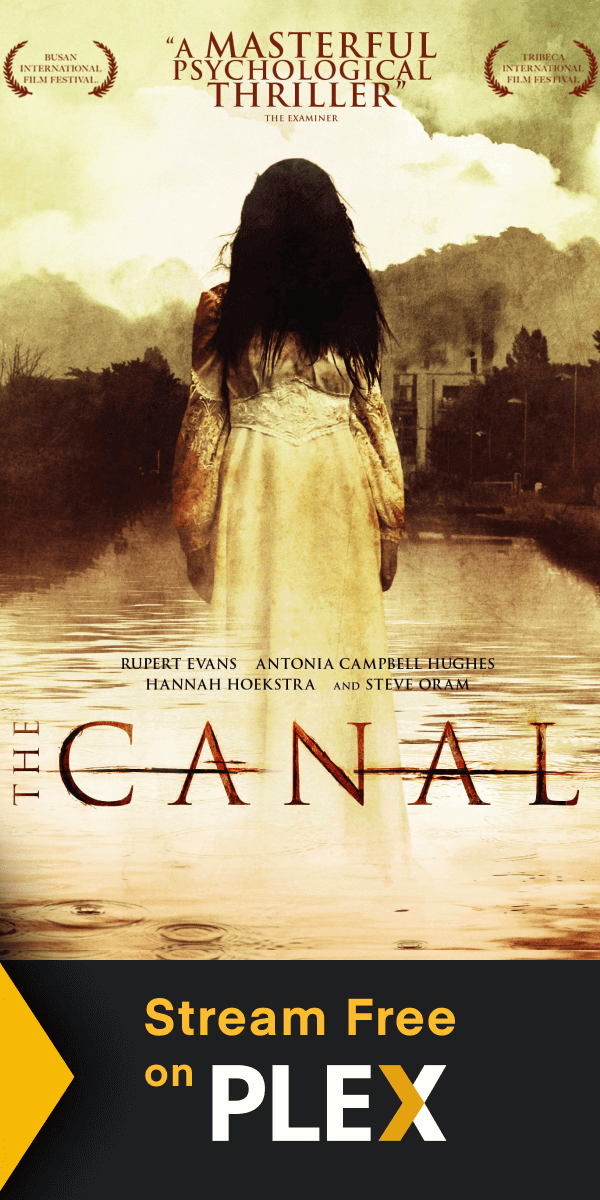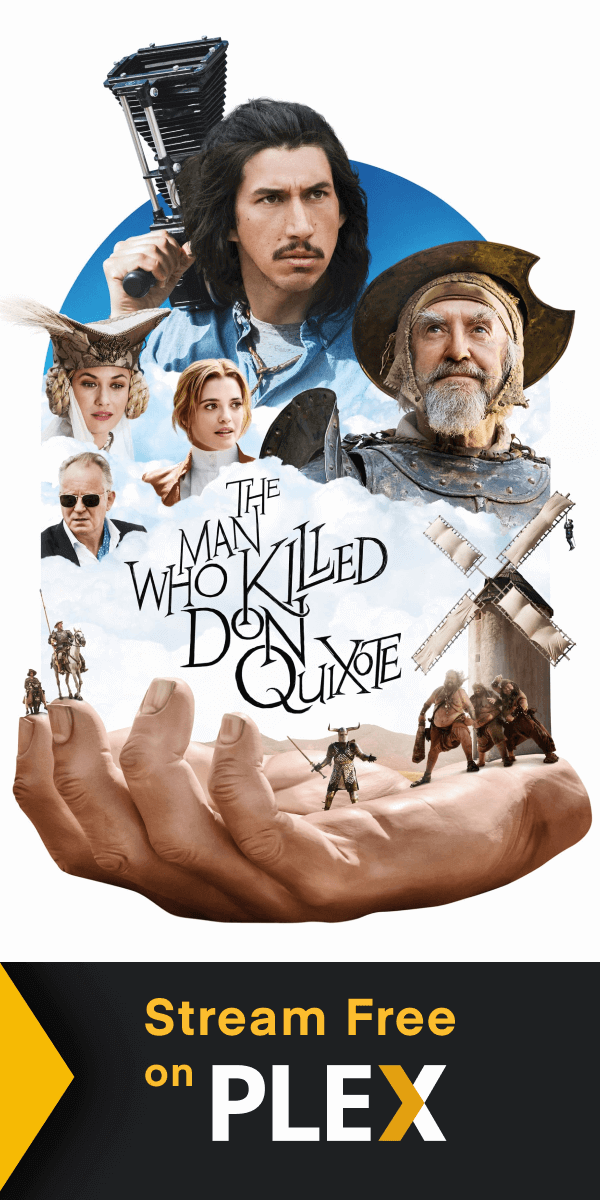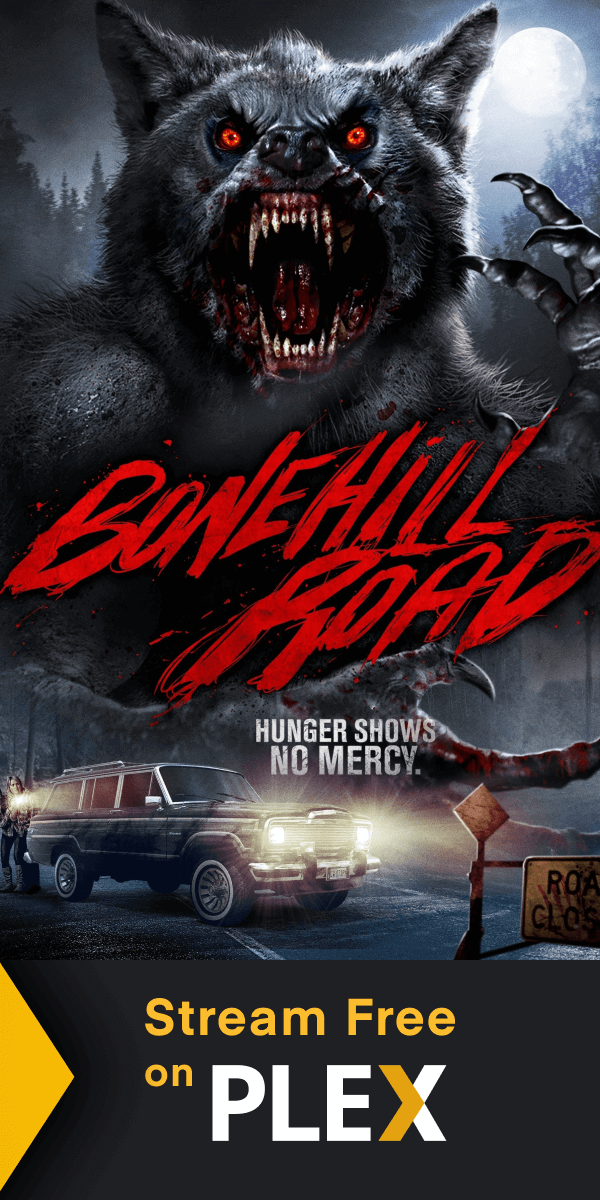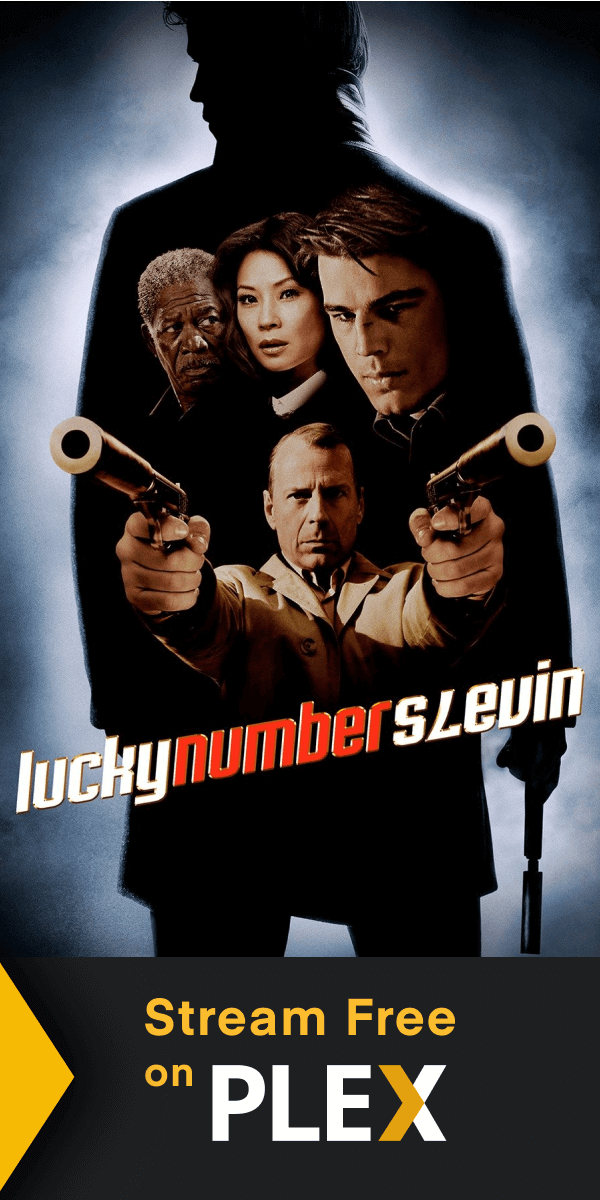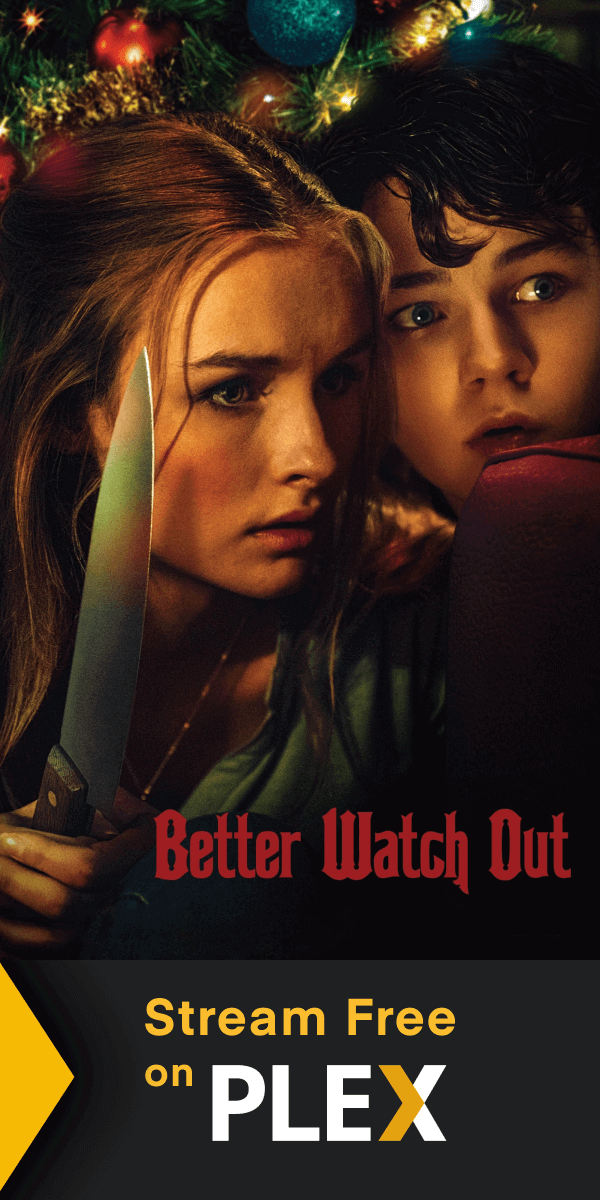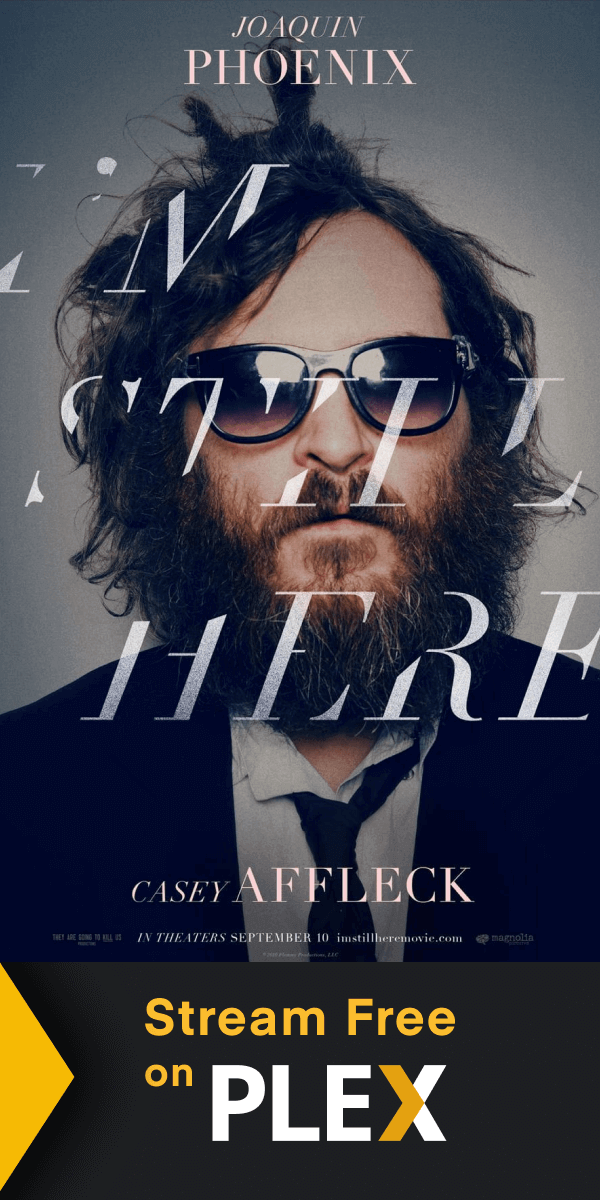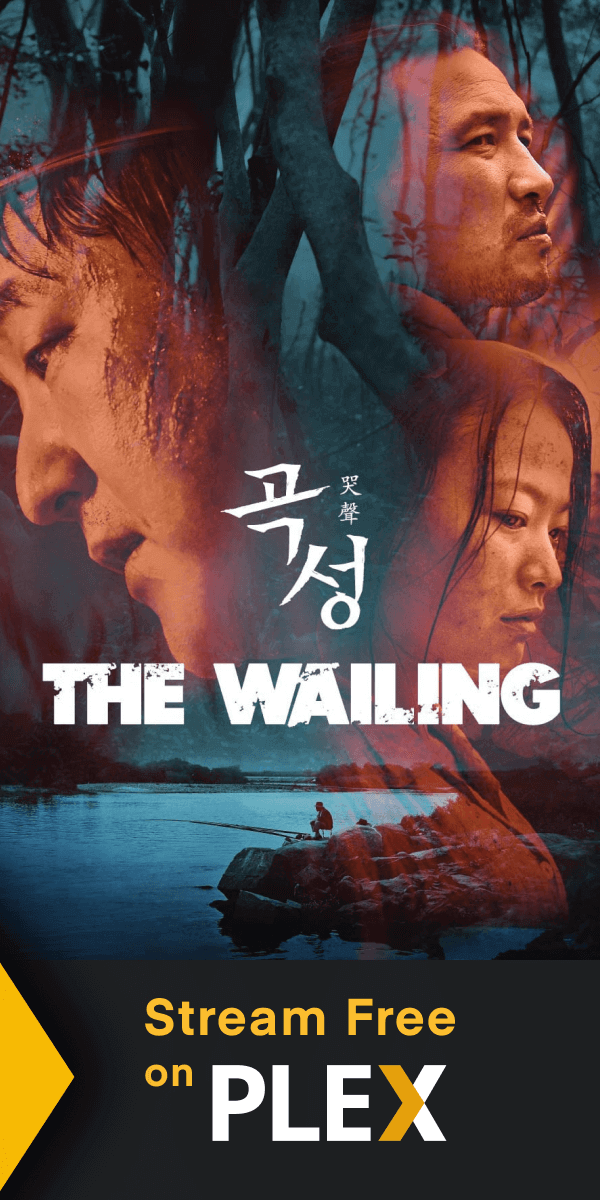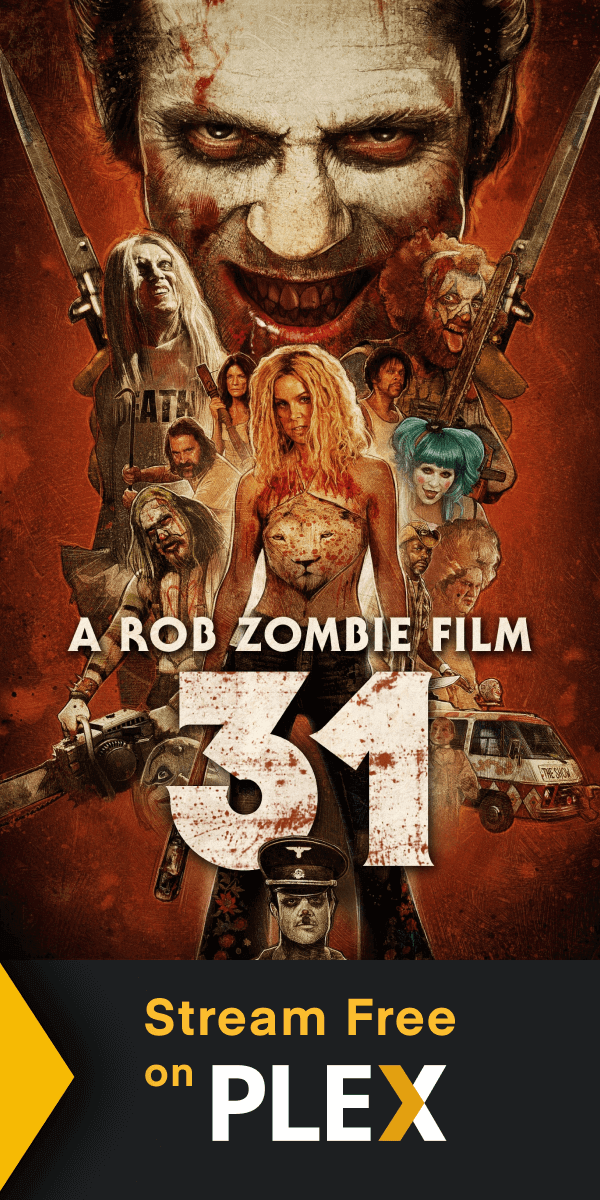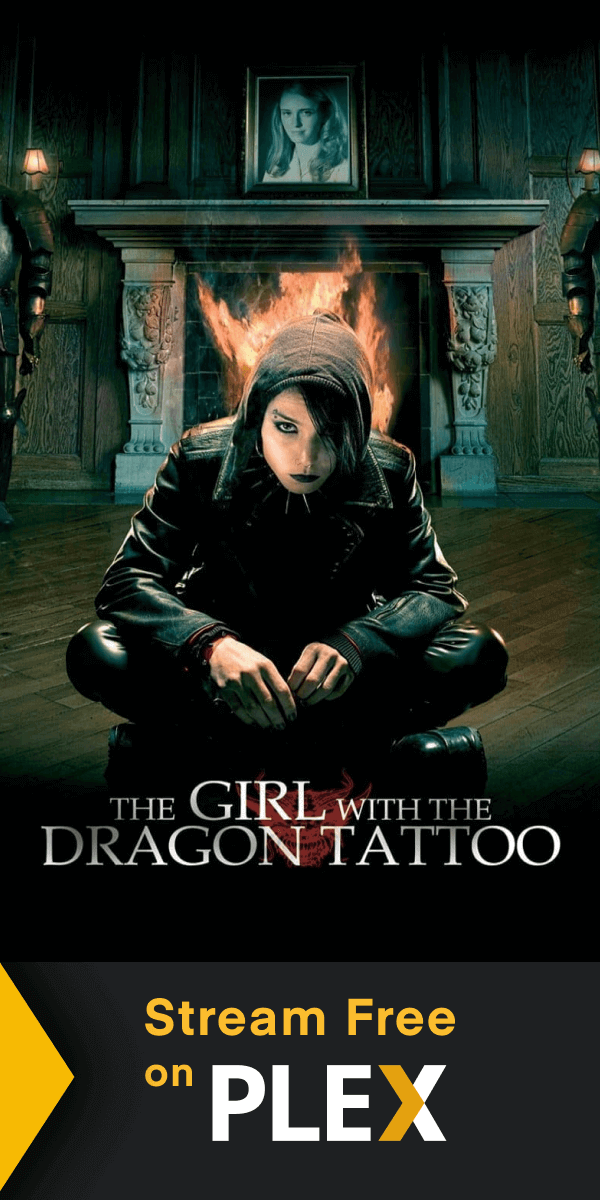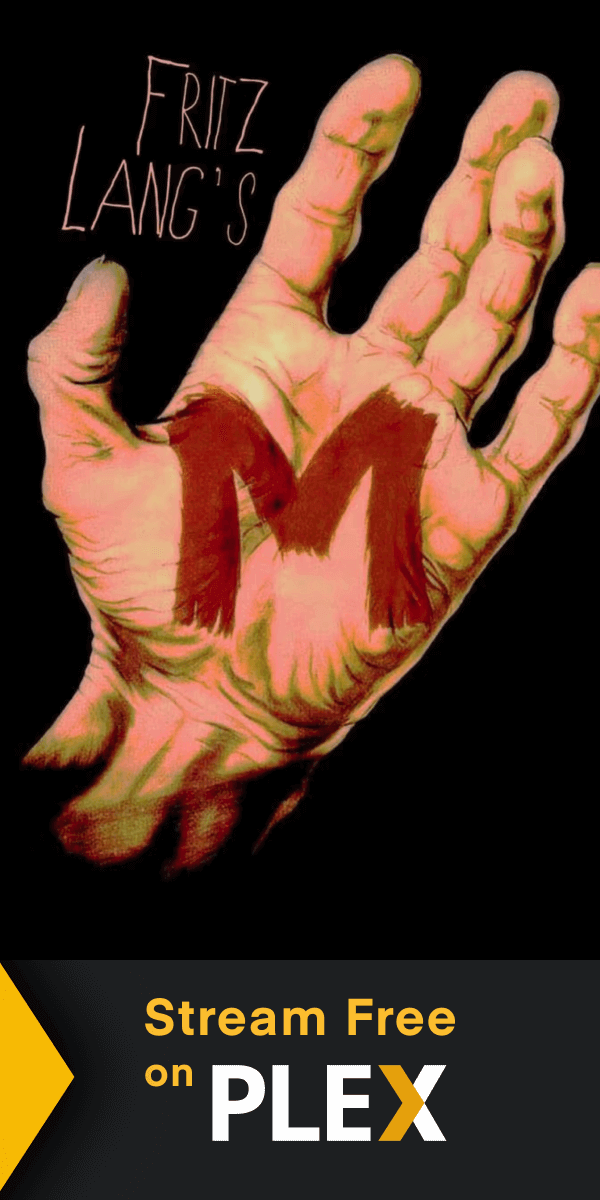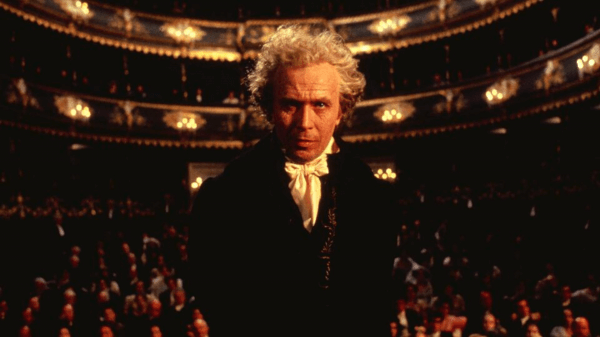A friend of mine once referred to Twitter as “masturbation followed by jazz hands.” The incredibly self-indulgent act of pushing your opinions out into the world and then jumping up and down and saying, “Hey! Look at me!”
Yes, he is a curmudgeon. Why do you ask?
However, it’s hard not to think of that quote while watching the 1988 movie Talk Radio starring Eric Bogosian as a local shock-jock DJ named Barry Champlain. Barry has a call-in radio program called “Night Talk” that airs five nights a week at a local station in Dallas, Texas.
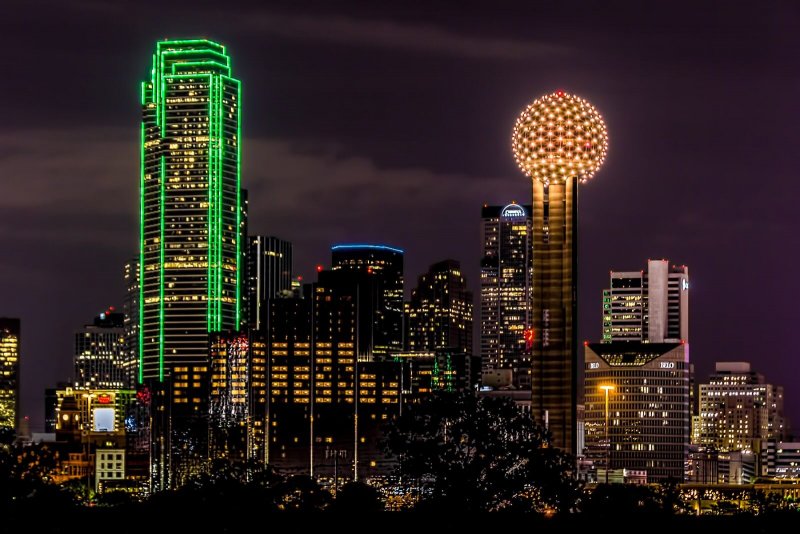
The movie is directed by Oliver Stone, which, if you’re a fan, may come as news. Because somehow, in the five years he made Platoon, Wall Street, Born on the Fourth of July, The Doors, and JFK, he also found time to make this small movie based on an even smaller play.
The movie opens with a tornado watch, which is fitting because of the torrent of shit that’s about to come. That’s not a knock. Talk Radio is an illuminating film about mental health and the degree to which we’ll stuff our problems down into the trash compactor of our soul in order to achieve a modicum of what we can only hope to call success.
It was the feel-good hit of the summer.
Much like many social media users, Barry is a man who has thousands of people hanging onto to his every word. He uses this platform to sling hot, spit-soaked takes into his microphone and talk over anyone and everyone. Not only on his radio show but in his real life as well. And he doesn’t save his vitriol for his haters either; those who call in professing their love for Barry also get a firehose of bile right in the face.
He’s a troll. He’s not listening to a word they’re saying. He truly doesn’t care.
See, before Twitter (which, let’s face it, at this point is a comment section brought to life through human sacrifice and cursed scrolls) if people wanted to get their ill-conceived thoughts out into the world, they’d have to call a local talk radio station.
For example, one guy calls in saying his girlfriend is suffering from a drug overdose. Turns out, the story was fake, a hoax. Even Barry’s listeners are trolls. It’s like the pot calling the kettle an asshole.
Despite the call-in element of talk radio, the conversations were more often than not one-sided. Bogosian himself said in a 2017 Guardian interview, about the medium, “There was never really any dialogue on talk radio. It was about turning issues into cannon fodder for entertainment…”
(There’s a metaphor for Twitter in here somewhere, let me check my drafts folder.)
Barry goes after everyone. He just doesn’t care. He doesn’t even really care when he’s told that his radio show is days away from going national. Everyone is thrilled… except Barry. When reminded of the obvious advantages (more money, more listeners, more influence) Barry is instead more concerned with whether or not “the suits” are going to change the format of his show or otherwise try and rein him in.
He’s change averse, especially if that change is being imposed on him by an outside force.
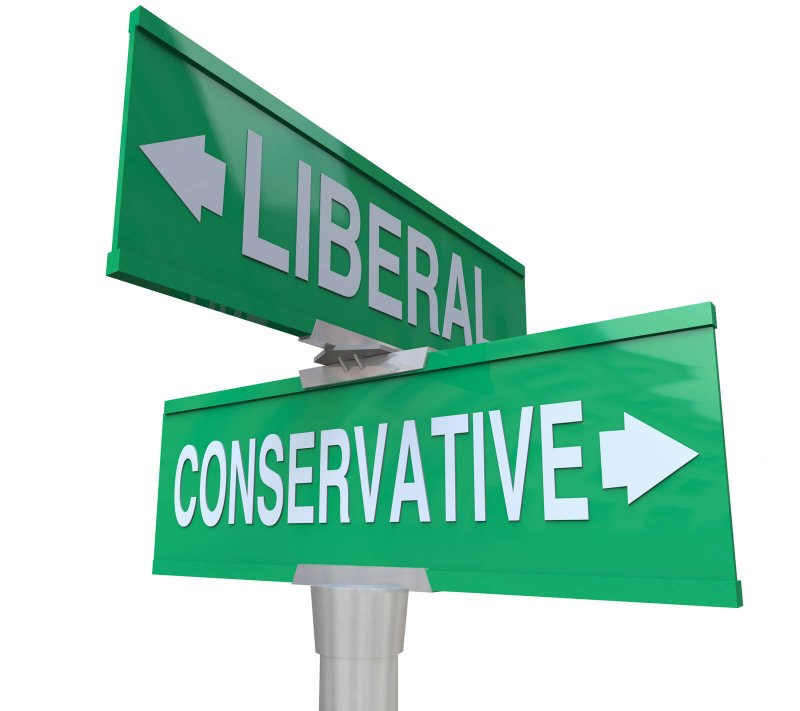
There has been a lot of talk about the “social media bubble,” wherein we surround ourselves with only people who agree with our opinions so that nothing can ever hurt us. That’s what Barry has created for himself in the terms of his radio show. He consistently shouts at his producers, “It’s my show!” so often that he starts to sound like a whiny kid who was told he had to share his ice cream with his little brother.
Barry has created a tiny little world where he’s king. A safe space, one might say. Oliver Stone further reinforces this idea by showing him always alone in the recording studio. Barry in the foreground and his bosses in the background, outside the studio, watching. Barry inside, looking out. A fishbowl. A literal bubble.
But Barry has created a cesspool inside his bubble. A hatred stew inside a cauldron of anger. And it’s starting to take control of him.
In one anxiety-riddled rant that shows how much he’s spiraling out of control, the camera stares Barry right in the face as his console rotates in the center of the room like a top. Spinning. Dizzying. Every time we sweep past a window, we see the shocked faces of Barry’s coworkers and superiors looking in as he goes off on his audience, throwing insults and jabs talking about how “everything sucks and you like it that way” and that his listeners are “happiest when others are in pain.”
It’s clear he’s talking about himself, but still he tells the audience to “stop talking… go away,” begging for something to change about his life, but nothing does because he created this. For better or for worse, these are his followers.
Now, I would say to be careful of spoilers while reading ahead but the movie does a pretty good job of spoiling itself. In the opening credits, you find out the film was written by Bogosian and Stone, based on a play written by Bogosian and Tad Savinar, which itself is based, in part, on a book titled Talked to Death: The Life and Murder of Alan Berg by Stephen Singular.
So… murder spoilers.
But, y’know, I’m guessing the statute of limitations has run out on this film, considering it’s… carry the one… 32 years old.
As Barry leaves for the night, we hear the voice of the woman who has a show after him, a therapist. She mentions seeing someone standing in the parking lot as she was coming in that evening. She refers to him as “obviously mentally disturbed” and it “made her think of something we don’t often talk about.”
We don’t often talk about mental health. In fact, it’s never once brought up in the movie before this moment. Barry has created his own social media bubble where he is king, he can hang up (or block) anyone who opposes him, and he’s getting dragged down into the very filth he created. He’s depressed, he’s anxious, he’s on the verge of having a panic or a heart attack, take your pick.
But that was the ’80s, which was like two centuries ago! Surely we’ve come light years in the identification and treatment of mental health issues! Right?
How does mental health relate to social media?
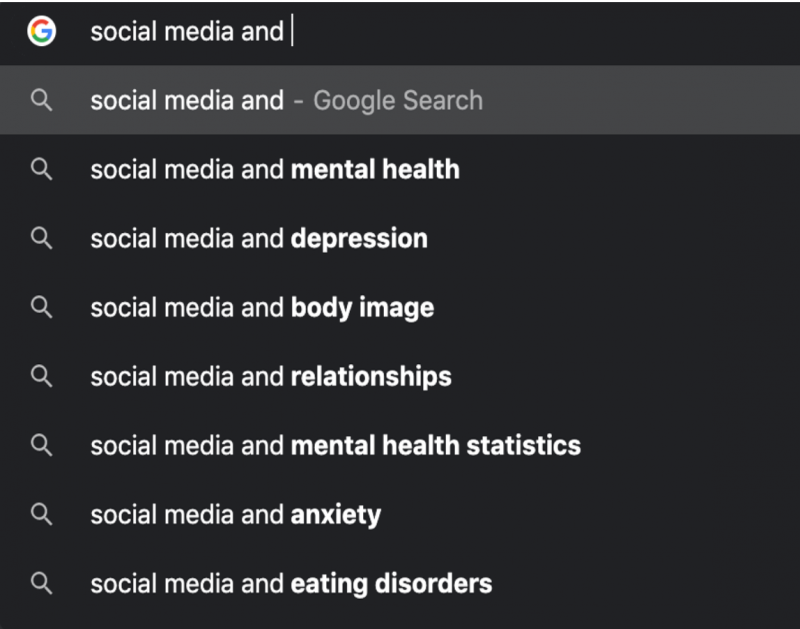
As Barry walks to his car, we see someone in the parking lot, waiting, watching. Could this be the obviously mentally disturbed man the therapist clocked on her way in? Too bad Barry wasn’t listening.
The guy approaches and asks for an autograph, something we’ve seen happen multiple times throughout the movie. Barry humors him and asks for his name. To which the man replies, “You’re dead!” (or, quite possibly, it was “y’r dead,” he did have a bit of a Southern accent) and shoots him eleven times in the chest, point blank range, despite having what appears to be a six-shot revolver.
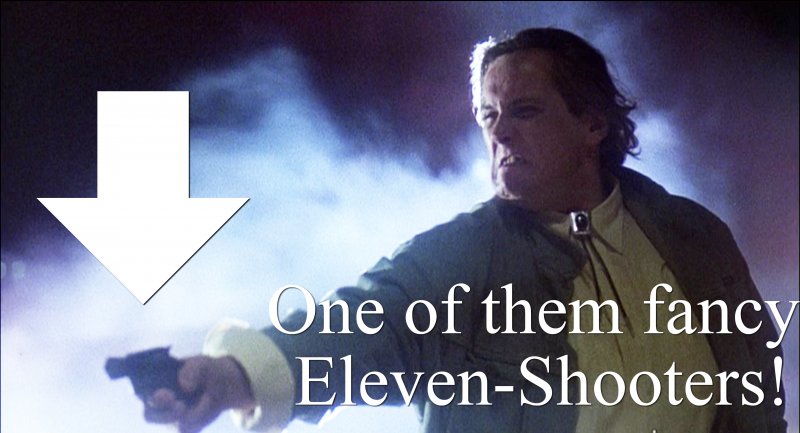
As Barry dies, we think about what could have happened if he’d gotten the help he needed. But in the end, Barry spent most of his life ranting into the void, screaming, desperate for someone to hear him.
Unfortunately, no one was listening. And how many people are listening today? Sure, Barry’s only one person screaming at a brick wall but what happens if there are thousands of Barrys? Millions? So many voices, so many mental health issues in plain sight.
So much masturbation and jazz hands.
With the sheer amount of it, is it any wonder most of us can’t find the will or the time to truly listen? Especially when it’s soooo easy to hit mute or simply block people.
Just because the medium changes, doesn’t mean the people do. Now if you’ll excuse me, I have to get back to my echo chamber.
Looking for more Eric Bogosian on Plex?
Don’t Go In The Woods
...
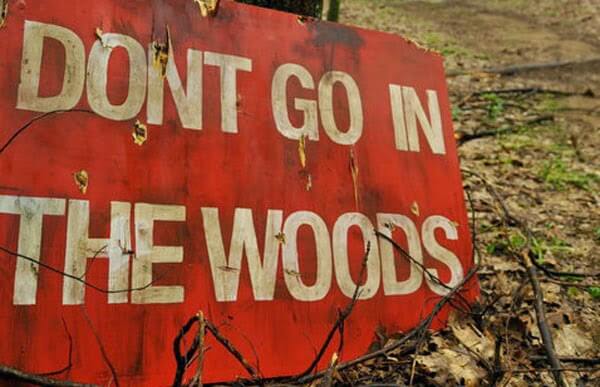
Sex, Drugs, Rock & Roll
...




